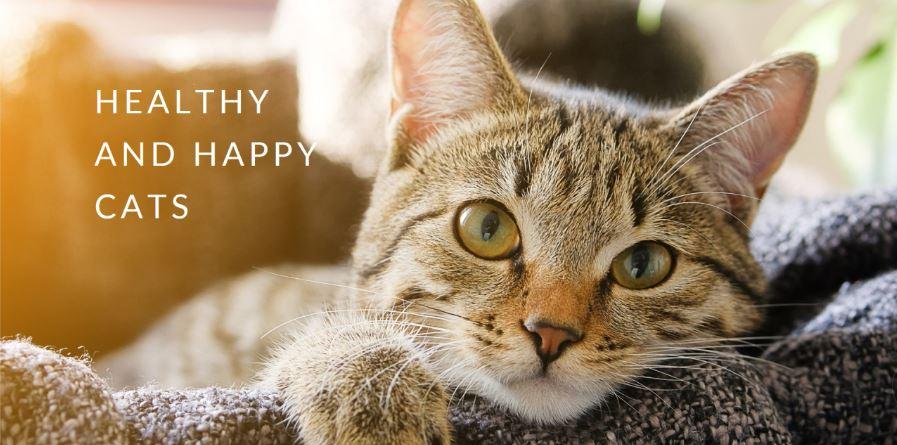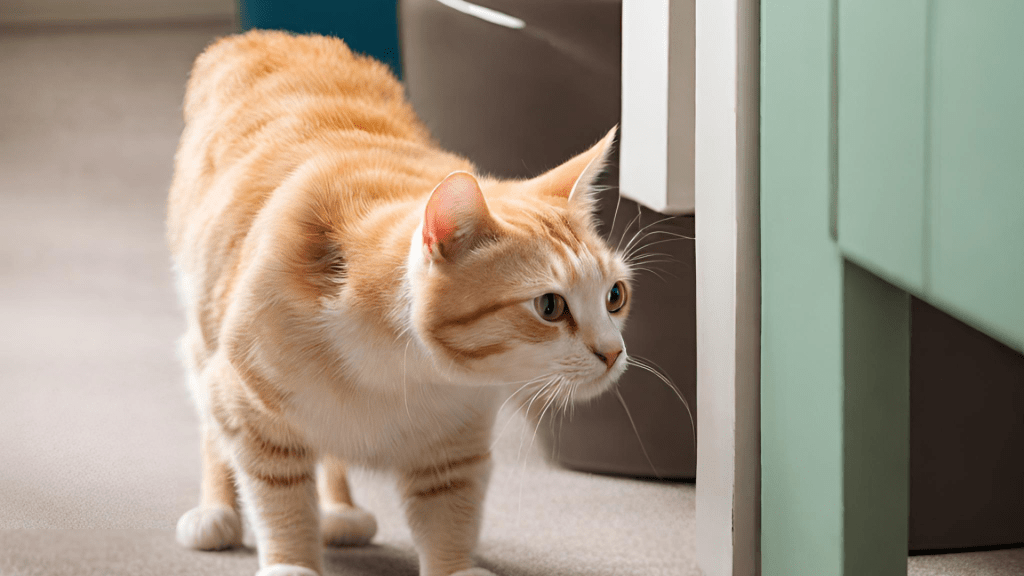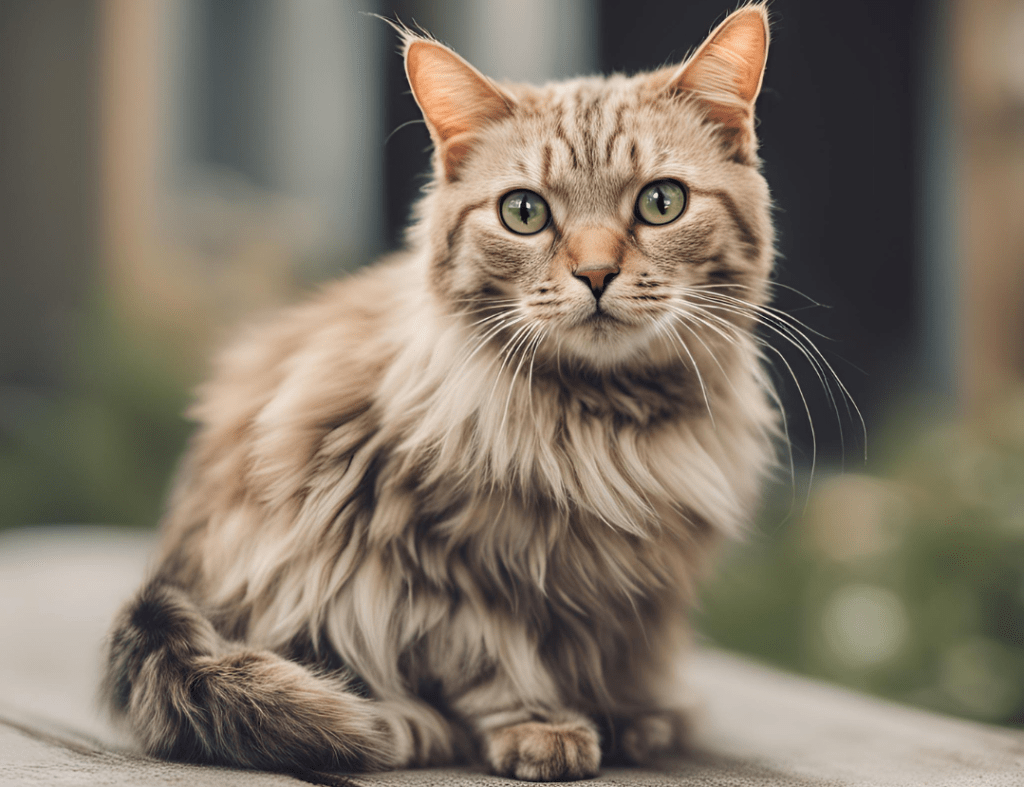Last updated on July 2, 2025

Understanding your cat’s health and behavior is crucial for ensuring they live a long, happy, and fulfilling life. Cats are complex creatures with unique needs and behaviors that can sometimes be challenging to decipher.
Cat Health and Behavior
Cats, like humans, need regular health check-ups to ensure they are in good shape. Recognizing common health issues and understanding preventative care can help you catch problems early and keep your cat healthy.
Regular Vet Visits
Regular vet visits are the cornerstone of good cat health. Ideally, you should take your cat to the vet at least once a year. This allows for a thorough check-up. These visits allow for early detection of potential health issues and keep your cat’s vaccinations up to date. During a vet visit, expect a physical examination and dental check-up. You may also need to do blood tests, depending on your cat’s age and health status.
Common Health Issues in Cats
Obesity
Obesity is a prevalent issue in domestic cats, often due to overfeeding and lack of exercise. It can lead to serious health problems like diabetes and arthritis. Monitoring your cat’s diet and encouraging regular play can help keep their weight in check.
Dental Problems
Cats can suffer from dental issues like gingivitis and periodontal disease. Regular brushing and providing dental treats can help maintain their oral health. Annual dental check-ups with your vet are also recommended.
Kidney Disease
Chronic kidney disease is common in older cats. Symptoms include increased thirst and urination, weight loss, and decreased appetite. Early diagnosis through blood tests can help manage the condition with dietary changes and medication.
Diabetes
Diabetes in cats is often linked to obesity. Symptoms include excessive thirst, frequent urination, and weight loss despite a good appetite. A vet can diagnose diabetes with blood tests and recommend insulin treatment and dietary adjustments.
Preventative Health Care
Vaccinations
Keeping your cat’s vaccinations up to date is essential for preventing serious diseases like feline leukemia, rabies, and distemper. Your vet can provide a vaccination schedule tailored to your cat’s needs.
Parasite Control
Parasites like fleas, ticks, and worms can cause significant health issues. Regular use of preventive treatments and maintaining a clean living environment can keep these pests at bay.
Dental Care
Good dental hygiene is critical for preventing dental disease. Regularly brushing your cat’s teeth and using dental treats or special diets can help maintain their oral health.
Signs of a Healthy Cat
Physical Signs
A healthy cat has clear, bright eyes, a clean and shiny coat, and is neither too thin nor too fat. Their gums should be pink, and their breath should not have a foul odor.
Behavioral Signs
Healthy cats are generally active and playful and have good appetites. They should use the litter box regularly and groom themselves often. Changes in behavior can be an early sign of health issues, so it’s important to monitor your cat’s habits.
Understanding Your Cat’s Behavior
Understanding your cat’s behavior helps you build a stronger bond with them and handle any issues that arise. Cats communicate primarily through body language and vocalizations, and recognizing these cues can improve your relationship.
Communication Through Body Language
Tail Movements
A cat’s tail can tell you a lot about their mood. A high, upright tail often indicates a happy and confident cat. A low or tucked tail can signify fear or anxiety. A flicking tail may suggest irritation.
Ear Positions
Cat ears are highly expressive. Forward-facing ears indicate interest and curiosity, while ears flattened back against the head can signal fear or aggression.
Eye Contact
Slow blinking is a sign of trust and affection in cats. If your cat blinks slowly at you, try returning the gesture to build a stronger bond. Direct staring can be perceived as a threat, so avoid staring contests with your cat.
Common Behavioral Issues
Aggression
Fear, territorial disputes, or pain can cause aggression in cats. Identifying the trigger is key to addressing the behavior. Providing a safe and stress-free environment, along with proper socialization, can help reduce aggression.
Litter Box Problems
Litter box avoidance is a common issue that can result from medical problems, stress, or a dirty litter box. Ensure the box is clean. Place it in a quiet location. Use the right type of litter. These actions can help resolve these issues.
Scratching Furniture
Cats scratch to mark territory and maintain their claws. Providing scratching posts and training your cat to use them can protect your furniture. Using double-sided tape or a citrus spray on furniture can deter scratching.
Enhancing Your Cat’s Environment
Creating a stimulating environment is crucial for your cat’s mental and physical well-being. Offer a variety of toys, scratching posts, and climbing structures. Rotating toys and engaging in interactive play can keep your cat entertained and active.
Bonding with Your Cat
Building a strong bond with your cat involves spending quality time together. Play is essential for physical health and mental stimulation. Simple activities like chasing a feather toy or playing with a laser pointer can be very engaging. Additionally, grooming sessions and gentle petting can strengthen your bond.
Conclusion
Understanding your cat’s health and behavior is key to ensuring they lead a happy and healthy life. Regular vet visits, preventive care, and addressing behavioral issues promptly can make a significant difference. By creating a stimulating environment and spending quality time with your cat, you can build a strong and loving relationship.
FAQs about Cat Health and Behavior
How often should I take my cat to the vet?
Ideally, it would help if you took your cat to the vet at least once a year. This visit should be for a routine check-up. Senior cats or those with health issues may need more frequent visits.
What are the signs of a healthy cat?
A healthy cat has clear eyes, a shiny coat, a good appetite, and regular litter box habits. They are also active and playful.
How can I stop my cat from scratching the furniture?
Provide scratching posts for your cat. Use deterrents like double-sided tape or citrus spray on furniture. Train your cat to use the posts with positive reinforcement.
Why is my cat avoiding the litter box?
Litter box avoidance can be due to medical issues, stress, or a dirty litter box. Ensure the box is clean in a quiet location, and use a litter type your cat prefers.
What are the best ways to bond with my cat?
Spend quality time playing with your cat, engage in gentle grooming, and offer affection through petting and slow blinking.

Claudia Guthrie is a writer and animal enthusiast with experience working for a leading equine veterinary hospital and learning more about canine development and obedience. She has personal experience with dogs, cats, rabbits, gerbils, and horses, and a lifelong interest in researching and writing about the latest in animal care, training, and breed profiles.





